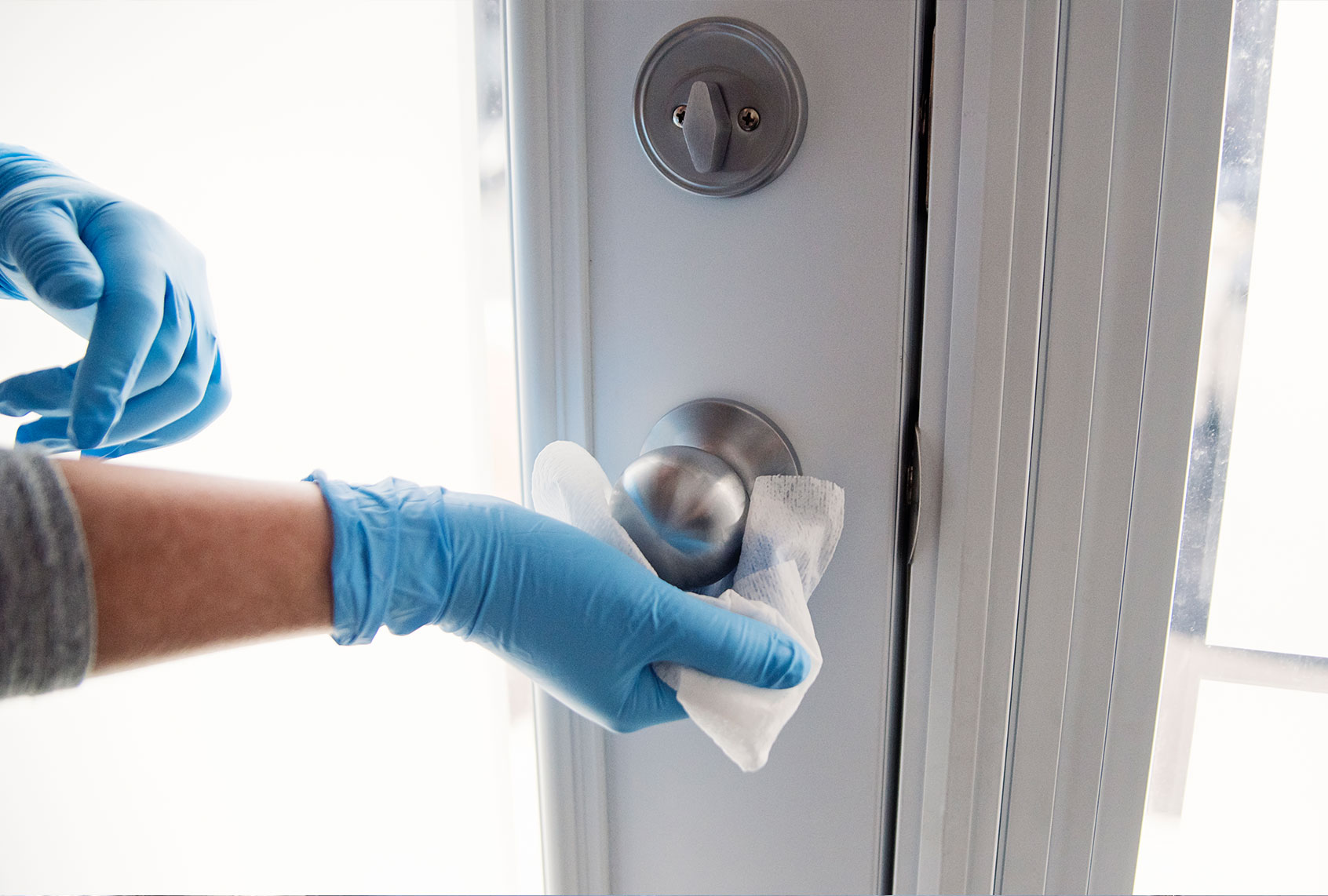Scientists already know that the novel coronavirus, which causes the disease COVID-19, is primarily transmitted through airborne particles known as aerosols that are either inhaled or ingested. One lingering question, though, has been how long the disease can survive on surfaces after landing there. A new study has a potentially troubling answer — namely, that the virus can stay on surfaces like banknotes, glass and stainless steel for up to four weeks.
The study found that fomites, or objects that are likely to carry infection, can contain live specimens of the novel coronavirus for weeks. These include “high contact surfaces such as touchscreens on mobile phones, bank ATMs, airport check-in kiosks and supermarket self-serve kiosks all acting as fomites for the transmission of viruses,” a group of scientists from Australia’s national science agency, the Commonwealth Scientific and Industrial Research Organisation (CSIRO), wrote in their study. Published in the Virology Journal on Monday, the researchers argued that the SARS-CoV-2 virus “remains viable” for 28 days or longer when it dries on “non-porous” surfaces, meaning that it would be possible to get infected the novel coronavirus in a room with a conventional temperature and humidity level (68°F and 50% humidity).
They note that the SARS virus, a related coronavirus, also managed to regain its infectiousness after remaining dried up on plastic for 28 days at room temperature.
That has implications particularly for the kinds of things that people touch everyday and trade between each other, particularly currency. As the authors explain, money is regularly passed between large groups of people, and banknotes made of paper and polymer can both carry live specimens of the novel coronavirus. “The persistence of virus on both paper and polymer currency is of particular significance, considering the frequency of circulation and the potential for transfer of viable virus both between individuals and geographic locations,” the authors explain.
Debbie Eagles, deputy director of the the Australian Centre for Disease Preparedness and one of the paper’s co-authors, told CNET that their study reinforces the existing consensus that there is a “need for good practices such as regular handwashing and cleaning surfaces.”
Prior to this paper, scientists did not always believe that the novel coronavirus could survive on surfaces for very long. A study from the New England Journal of Medicine in March speculated that the virus could survive for up to 72 hours on plastic, for up to 48 hours on stainless steel and for up to 24 hours on cardboard. Carolyn Machamer, a professor of cell biology at the Johns Hopkins School of Medicine, explained to the university’s tech hub that “you are more likely to catch the infection through the air if you are next to someone infected than off of a surface. Cleaning surfaces with disinfectant or soap is very effective because once the oily surface coat of the virus is disabled, there is no way the virus can infect a host cell.” A Chinese doctor, Wang Zhou MD, expressed a similar view in March, writing that viruses can survive “for several hours on smooth surfaces” and “if the temperature and humidity permit, they can survive for several days.”
Dr. Mark McKinlay, the director of the Center for Vaccine Equity at The Task Force for Global Health and who is working closely with the CDC in its response to the virus, told Salon in May that breathing in the virus is still much more of a concern than transmitting the virus through touch.
“This new CDC guidance is clarifying that it is not as easy to become infected by the SARS-CoV-2 coronavirus from hard surfaces as it is to become infected via person-to-person contact, via respiratory droplets,” McKinlay explained. “That’s why the guidance on social distancing is so important to follow. However, it does not mean that the virus is never spread through contact with surfaces, just that it is not the predominant route of transmission.”
Still, even if breathing another’s infected air appears to be the most probable path of infection, there is evidence of people acquiring the coronavirus by touching objects that other coronavirus-positive people have touched. In New Zealand, which has so few cases of COVID-19 that contact tracers are able to precisely follow the path of infections, public health experts traced two recent infections to an elevator lift button and a trash can. “This particular [trash] bin had a lid that required you to lift the lid,” the island nation’s director of public health, Dr Caroline McElnay, said at a press conference.
The recent evidence regarding the coronavirus’ life on surfaces suggests that those with compromised immune systems or who are specifically concerned about transmission may want to be diligent about wiping down oft-touched public surfaces, currency, or avoiding touching these in the first place.

